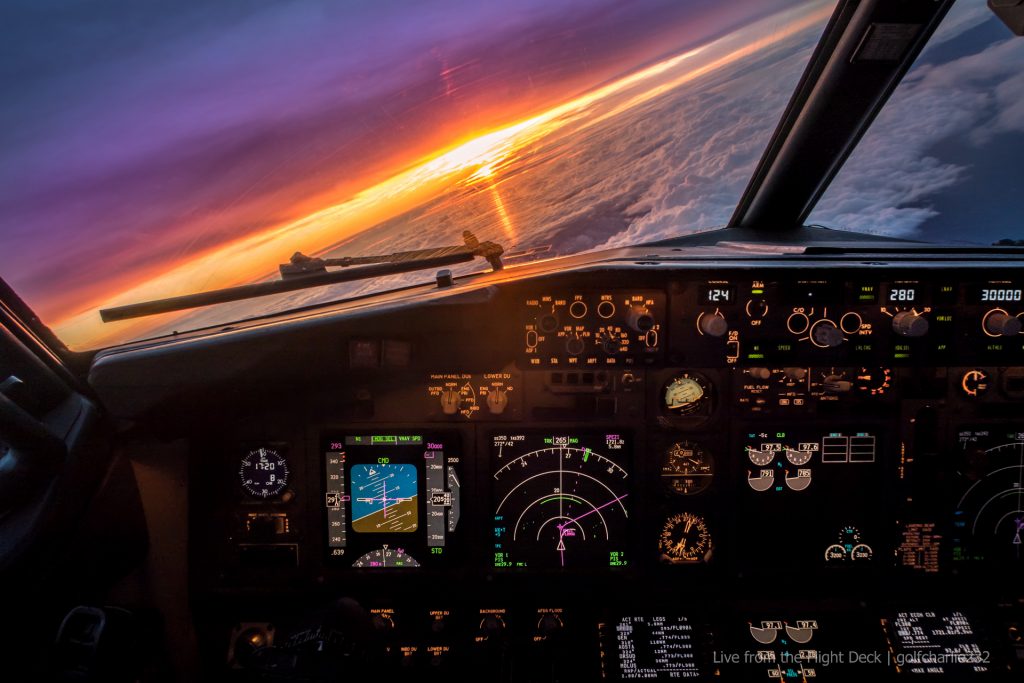What is Flight Simulator?
A flight simulator is a virtual reality system capable of simulating the environment of a flying machine for a pilot. Flight simulator helps in artificially recreating the aircraft flight environment for pilot training, aircraft design or other purposes.
Simulators allow flight crews to practice needed level of training and potentially life-threatening manoeuvres in the relative comfort of a training building or centre.
Why Flight Simulator required?
There are numerous benefits of using flight simulation devices, but one of them should be particularly emphasized: i.e., the instructor is able to break the student’s flight at any time and discuss errors just after they have been committed. The trainee pilot has time to analyse and resume a given flight sequence, without having to repeat the whole flight, trying not to commit the error again. In turn, the instructor has more time to practise the flight elements that cause the trainee the most difficulties, without repeating those that the trainee handles well.
The legitimacy in using training devices in air training is obvious. First of all, they increase the level of safety in air training by providing flight crews with the opportunity to practise procedures in the event of dangerous emergency situations, as well as reduce flight training costs.
Flight simulators categorisation according to areas of using
According the areas of using we can divide the flight simulators to the following types:
- Flight simulator for commercial flight training
The classical application of flight simulator is the training of airline pilots.Pilots joining an airline from flying schools, general aviation or military organizations are trained on a flight simulator for specific type of aircraft.
- Flight simulators for Ab Initio Flight Training
- Aptitude testing flight simulators (device)
Aptitude testing equipment has been developed to isolate these skills and identify areas where a trainee pilot is likely to encounter learning difficulties.The qualities needed for a pilot include hand-eye coordination, motor skills, spatial awareness, interpersonal communication skills and judgment and management skills.
- Flight simulators providing the Computer-Based Training (CBT)
Flight Simulator Training at Captessar Aviation
Captessar aviation academy’s main purpose is to help the pilot to achieve, test and maintain proficiency in handling airplane operation without involving any risk. Trainee pilots can experience the flight aboard and can learn from mistakes without any risks before going for actual flying.
Once you start the simulator training, the real fun begins. We give you therelevant exerciseswhich will help you work on flying skills:
- Handling controls
- Stick & rudder coordination
- Take-offs and landings
- Night flying
- Flying manoeuvring
- IFR procedures
- Emergencies
Each exercise and flight challenge includes pump-ups that will help you work on advanced skills, techniques, and maneuvers.
We begin by taking you through a first flight and shares tips for manipulating your virtual cockpit and demonstrates the best way to fly essential maneuvers.
Later, we show you how to complete flights that generate the performance numbers you need, just like in a real-world so you can fly with precision.

